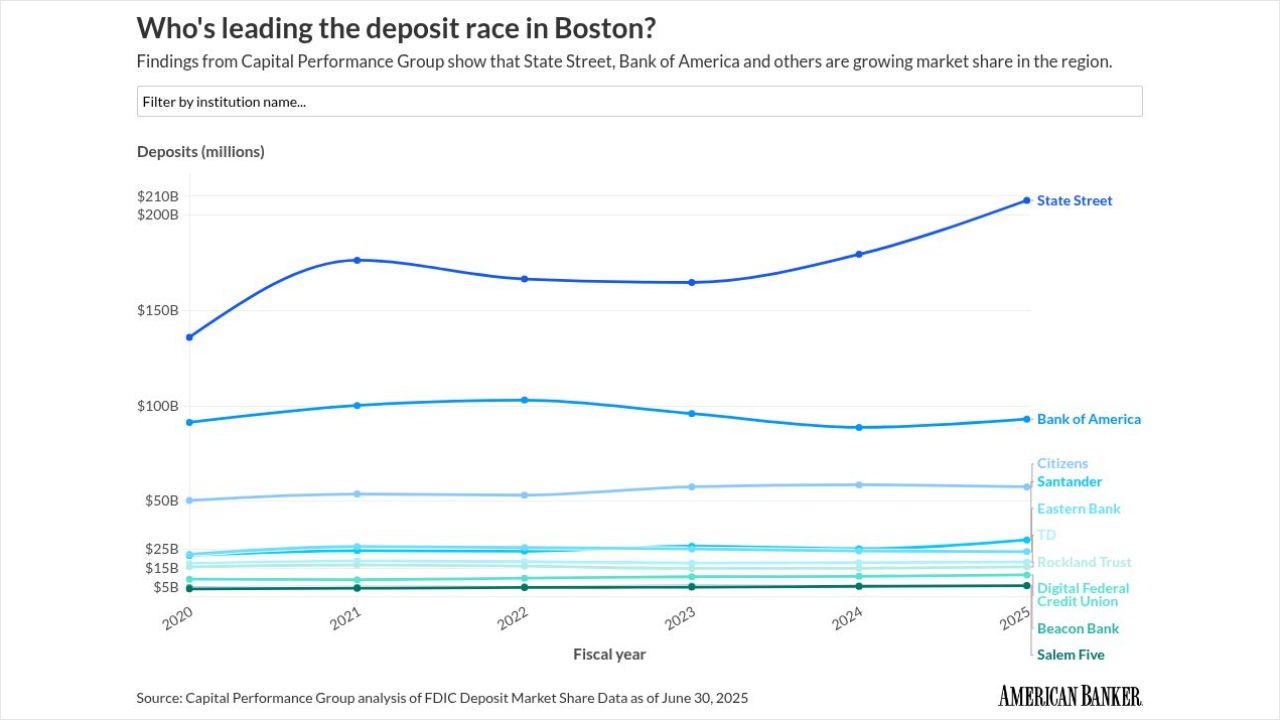As anti-money laundering requirements tighten in many jurisdictions, financial institutions and fraud prevention platforms are ditching legacy AML solutions for newer technology — but alternatives aren’t easy to come by yet.
Artificial intelligence is powering many new AML solutions, but false negatives and positives still plague the screening processes, requiring thousands of arduous manual reviews of individual transactions at a time when pressure is rising on many organizations.
Facebook’s Libra cryptocurrency project getting
Many European Union nations also are preparing to implement the
The problem for the financial services industry is while machine learning and artificial intelligence are beginning to offer improved solutions, the technology to tackle AML with AI isn’t quite mature, according to Madeline Aufseeser, an independent payments industry and fraud analyst.
“AI technology has helped, but today it’s built around specific models and is not yet sophisticated enough to work across different fraud solutions,” Aufseeser said.
Finding a single fraud-prevention solution to tackle the increasingly stringent new AML requirements will be difficult in the near term, she warned.
“There are now a ton of firms offering myriad regulatory monitoring and fraud prevention solutions that have similar goals but solve for different problems and use different approaches. Fraud is coming from so many different angles and regulatory requirements vary by geography, that it makes pulling together a comprehensive suite of [AML-fighting] tools difficult,” Aufseeser said.
Cambridge, England-based Featurespace recently deployed machine learning technology to update its own AML-monitoring services to conform to new requirements, according to Dave Excell, Featurespace’s chief technology officer.
“AML monitoring isn’t new, but the environment has changed a lot in recent years in that a lot of transactions moved from face-to-face to digital, and money-laundering criminals observe no borders,” Excell said.
Featurespace optimized the way its fraud platform assesses customer activity to identify additional behaviors associated with money laundering. Featurespace now prioritizes each AML alert so analysts can prioritize their investigations around those most likley to result in a suspicious activity report.
HSBC recently adopted the ML-driven approach to strengthen its AML monitoring, through Featurespace’s ARIC system, according to Excell.
Refining AML monitoring with new technology is not a panacea for the escalating regulatory and business challenges organizations face, he acknowledged.
“Regulators still say all AML alerts must be reviewed, and it’s very costly for some organizations under new regulations and threats, but new technology is improving efficiency for companies to act on it," Excell said.
In another example of how technology is evolving within AML solutions, Jumio last month began providing its AI and biometrics technology to Nice Actimize to enhance the latter’s autonomous financial crime management tools for its customer onboarding processes.
This week Zenus Bank, a Puerto Rico-based digital bank preparing to launch later this year enabling users to store, send and receive money in the U.S. from anywhere in the world without requiring U.S. residency, adopted Nice Actimize’s solution for AML compliance.





